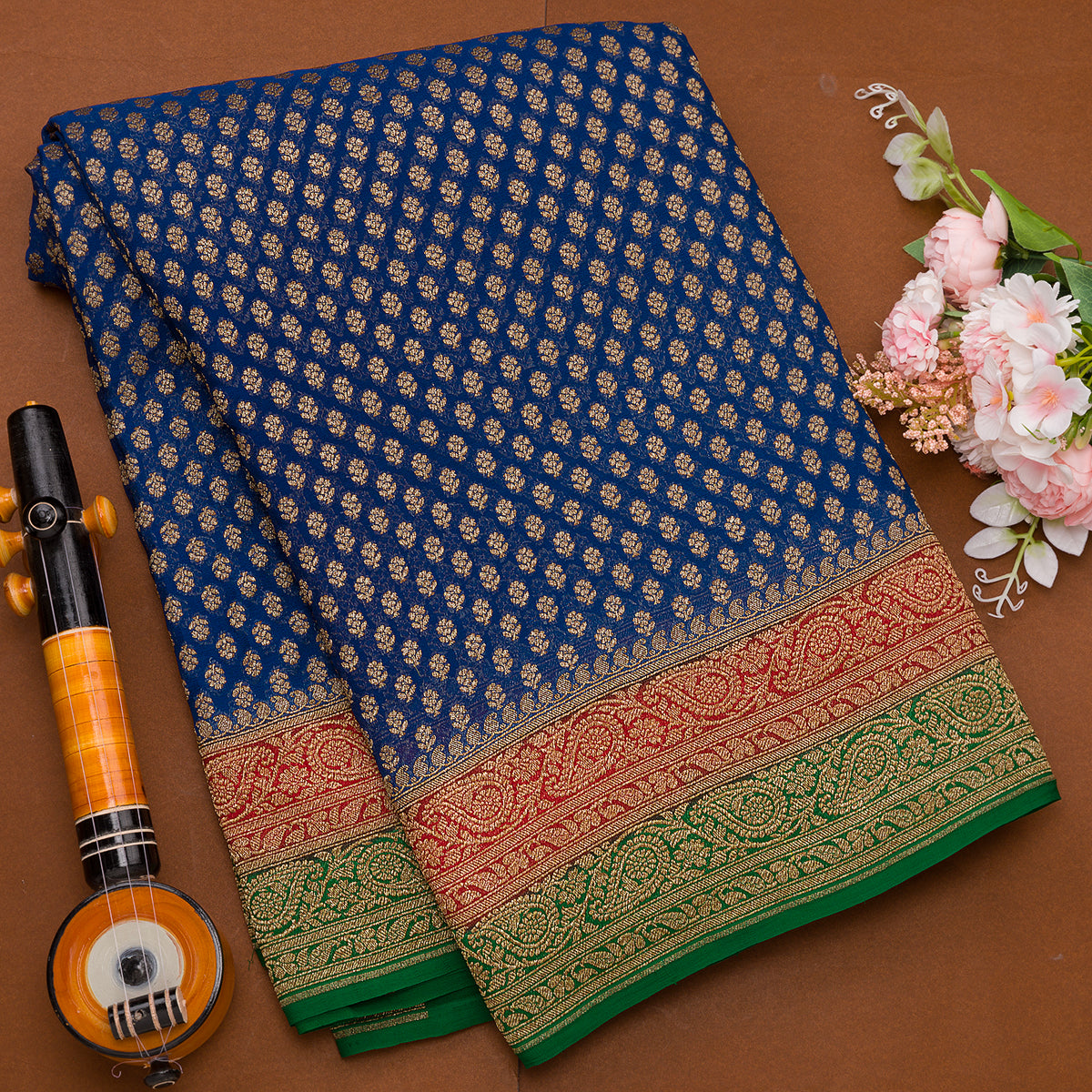5 Ways to Check if Your Silk Saree is Original

Table of Contents
Silk sarees are often passed down across generations. They hold stories, emotions, and traditions within their beautiful folds. In many Indian households, the first silk saree a woman wears is gifted by her mother or grandmother, making it an emotional rite of passage rather than just a fashion choice. But as the charm of silk grows, so does the market for clever lookalikes. To make sure your saree is as authentic as your memories, here are 5 easy ways to tell if your silk saree is original.
1. The Tactile Test
Silk is a natural protein fiber renowned for its softness and smoothness. Run your fingers gently across the fabric. Genuine silk should feel soft and supple, almost cool to the touch. It should have a slight grip, unlike synthetic fabrics that can feel slippery or stiff.
2. The Crinkle Test
Gently crumple a small portion of the saree between your fingers and then release it. Observe how the fabric reacts:
-
Genuine Silk: Real silk has a natural elasticity. When crumpled, it will form soft wrinkles that quickly smooth out on their own. This is because the silk fibres have a natural "memory" that helps them retain their shape.
-
Synthetic Fabric: Synthetic materials tend to hold creases more prominently and may take longer to regain their smooth form, or even retain a permanently wrinkled appearance.
3. The Burn Test
(Important Note: Always perform this test on a tiny, hidden portion of the saree, preferably from the loose end or an inconspicuous seam allowance.)
-
Genuine Silk: Carefully hold a tiny thread of the saree (obtained from the hidden section) over a flame source (like a candle lighter) for a few seconds. Real silk will burn slowly with a faint, almost hair-like odour. It will leave behind a fine, black ash that crumbles easily when touched.
-
Synthetic Fabric: Synthetic fibres tend to melt or shrink quickly when exposed to a flame. They may also emit a strong, unpleasant plastic-like smell, and leave behind a hard, beady residue instead of ash.
4. The Water Test
Place a small drop of water on the saree. Here's what to look for:
-
Genuine Silk: Real silk absorbs water slowly due to its natural protein structure. The water droplet will take a few seconds to spread and eventually be absorbed by the fabric.
-
Synthetic Fabric: Synthetic materials typically repel water. The water droplet will likely bead up and roll off the fabric surface.
For a similar guide on How to Identify Pure Mysore Silk Saree, you can refer here!
5. The Visual Inspection
-
Lustre: Real silk has a natural lustre that changes subtly depending on the angle of light. It should shimmer beautifully, not with a harsh, artificial shine. A genuine banarasi silk saree, for example, will showcase intricate zari work with a unique texture that synthetic versions often fail to replicate.
-
Weave: Look closely at the weave of the saree. Authentic silk sarees often have intricate, well-defined weaves. Synthetic fabrics may have a more uniform, machine-made appearance.
Transparency: Hold the saree up to light. Genuine silk may have a slight translucency, but it shouldn't be completely see-through. Extremely transparent fabric is likely a synthetic blend.
Conclusion
In Indian weddings, silk sarees aren’t just an outfit-they're part of the ritual. A real silk saree carries emotional weight in every fold. So the next time you're eyeing that gorgeous silk saree, take a moment to inspect it closely. A real silk saree is a blend of tradition, craftsmanship, and natural luxury worth every penny. Use the above tips to spot the real deal and invest with confidence. After all, a true silk saree is more than fashion-it’s a story woven in thread.







